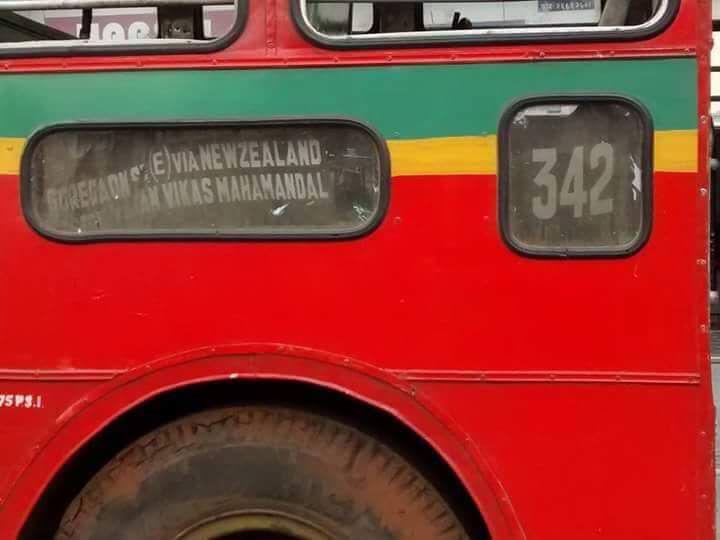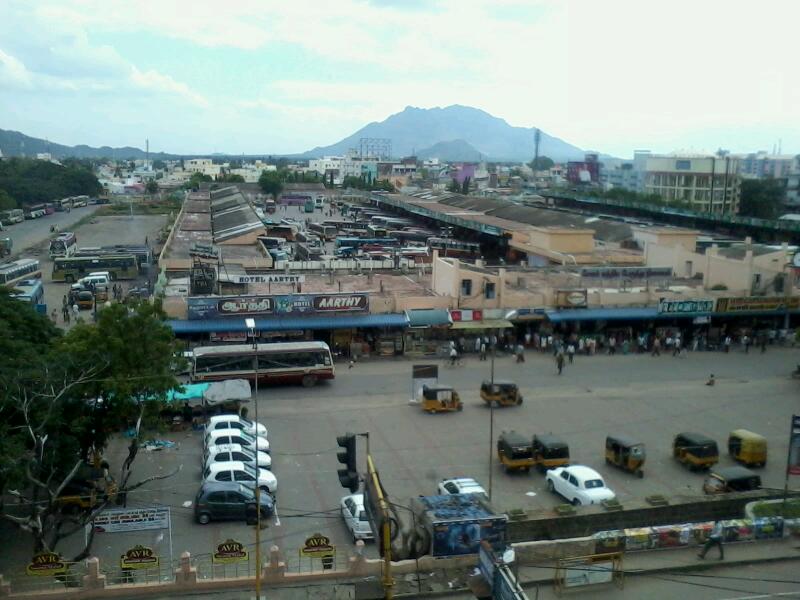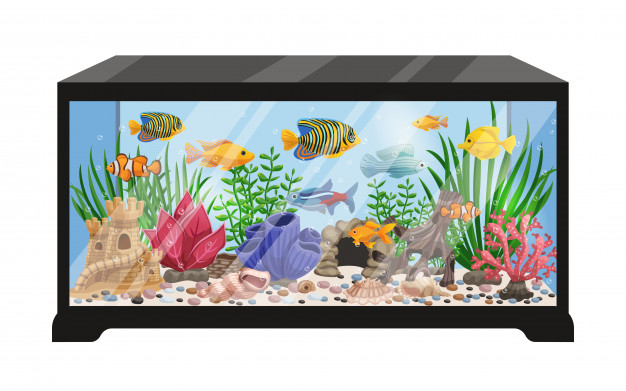The Brihanmumbai Electricity Supply and Transport (BEST) undertaking, which has pioneered the use of rolling cloth displays for its destination boards on buses for decades since inception, has finally found a solution to a problem that has plagued it for the last decade. Thanks to the Jawaharlal Nehru National Urban Renewal Mission (JnNURM; whose logo is a jurm for being ugly), most buses got themselves route indicator boards that were LED (light emitting diode) displays.
In the first five years since LED route indicators were introduced (2007 onwards), they stopped working. While BEST did try to fix them and look for alternatives including using a chalk board, the culprit was soon identified. The displayed began malfunctioning when buses were washed. Rumour has it that BEST contacted its southern counterpart, the Bangalore Metropolitan Transport Corporation (BMTC) in 2013, asking them how LED display units were functional after washing the bus. They allegedly received a very simple response: “What does washing a bus mean?“.
Keeping all this in mind, BEST has now decided to go a step forward and get a new technology using one of the most abundant elements available – dust. Yes, that’s right, BEST is now using Dust-Written displays now. Below is an image of one such display on Route 200 from Shrawan Yeshwante Chowk (Kala Chowky) to Versova Yari Road Bus Station.

We got in touch with freelance dust expert and garbologist Rajgira Khamandhokle to learn more. Readers may be reminded that Rajgira Khamandhokle is a frequent traveler on buses, having not once, but twice learnt a valuable lesson from a conductor. (You can read here and here)
We learnt that a dust-written display is extremely power efficient and eco-friendly. When we asked what would happen if the writing gets washed away in the rains, we were told that the amount of dust being kicked up on Mumbai’s roads would easily settle on the glass panel, making for an easy re-drawing.
The Municipal Corporation of Greater Mumbai (MCGM) through BEST is sensitising the need of washing hands and that fans of the MCGM are seeing this as an eye opener campaign to bring down Covid19 (Wuhan Virus) cases in the city. An MCGM spokesperson who wanted to remain anonymous said that anyone who writes the destination on a bus would be given free sanitizer. Though he wanted to remain anonymous and that we over here don’t care about such a concept, we would like to informe that he doesn’t work at the Ghatkopar Depot and his name is not Mahesh Sakhalkar.
On noticing Tanu loves Manu written on one of the buses, Tinder was trying to capitalise on the new system and save the sinking Titanic.
Note: The above article is meant to be humourous. Please don’t register a police complain or send goondas to the writer’s residence.
Featured image: A cloth display on Bus 342 from Goregaon Station (East) to Kokan Vikas Mandal via New Zealand Hospital by Bhavik Vasa (via Twitter)
![]()




